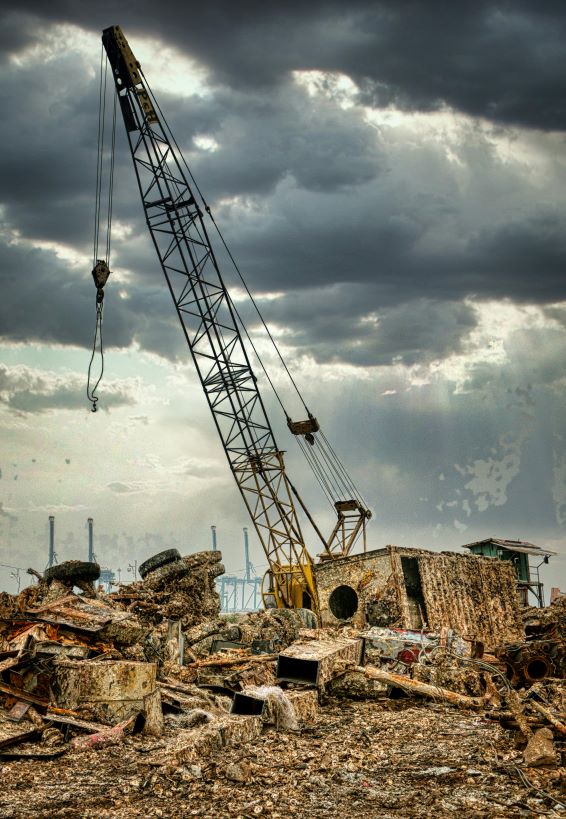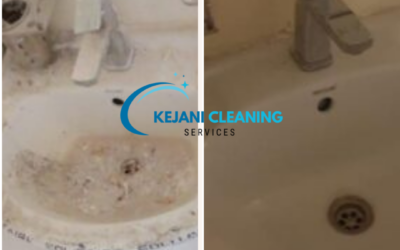Understanding Waste Categories
In the realm of post-construction cleaning, waste isn’t just a single entity but rather a spectrum of materials with varying properties and disposal requirements.
Hazardous Waste:
This category encompasses materials that pose potential risks to health, safety, and the environment. Think of substances like chemicals, solvents, and asbestos. Due to their hazardous nature, special precautions must be taken during handling, storage, and disposal. It’s imperative to comply with regulatory standards and enlist the services of licensed professionals for safe removal and disposal.
Non-Hazardous Waste:
On the flip side, non-hazardous waste constitutes the bulk of construction debris. This includes materials like wood, metal, drywall, and insulation. While they may not carry the same level of risk as hazardous materials, they still require proper management to prevent environmental pollution and promote recycling.
Recyclable Materials:
One man’s trash is another’s treasure, as they say. Many construction materials, such as cardboard, plastic, glass, and even concrete, can be recycled and repurposed. By segregating recyclables from other waste streams, we not only divert them from landfills but also conserve valuable resources and reduce the carbon footprint associated with production.
Implementing a Waste Management Plan
A robust waste management plan serves as the blueprint for navigating the complexities of post-construction cleanup. This comprehensive document outlines strategies for waste identification, segregation, transportation, and disposal. By establishing clear protocols and responsibilities, stakeholders can ensure consistency and compliance throughout the cleaning process.
Utilizing Proper Equipment and Tools
The adage “right tool for the job” holds true in post-construction cleaning. From heavy-duty dumpsters and roll-off containers to specialized vacuum systems and personal protective equipment (PPE), having the proper gear at your disposal can spell the difference between a smooth operation and a logistical nightmare. Investing in quality equipment not only enhances efficiency but also safeguards the health and safety of workers.
Partnering with Recycling Facilities
Sustainable waste management is a team effort that extends beyond the construction site. By forging partnerships with local recycling facilities and waste management providers, companies can tap into existing infrastructure and expertise. These collaborations facilitate the recycling of construction materials, diverting them from landfills and closing the loop on resource utilization.
Adopting Eco-Friendly Practices
In today’s eco-conscious landscape, green cleaning isn’t just a buzzword—it’s a mandate. By embracing eco-friendly cleaning products and practices, we can minimize the environmental footprint of post-construction activities. Biodegradable detergents, non-toxic disinfectants, and reusable cleaning tools offer viable alternatives that prioritize sustainability without compromising performance.
Training Staff on Proper Procedures
Effective waste management hinges on the knowledge and proficiency of those tasked with its execution. Providing comprehensive training programs equips staff members with the skills and awareness needed to navigate potential hazards and adhere to best practices. Whether it’s proper waste sorting techniques, safety protocols, or emergency response procedures, ongoing education ensures a competent and compliant workforce.
Monitoring and Continuous Improvement
The journey towards sustainable waste management is an iterative process. Regular monitoring and evaluation allow us to track key performance indicators, identify areas for improvement, and implement corrective actions. By fostering a culture of continuous improvement, organizations can optimize their waste management practices, minimize inefficiencies, and stay ahead of regulatory requirements.
Expanding on FAQs:
- How do I dispose of hazardous materials safely? Safe disposal of hazardous materials involves adhering to stringent regulations and guidelines established by local authorities. It often requires the services of licensed professionals equipped to handle and transport such materials to designated disposal facilities.
- Can construction debris be recycled? Yes, many types of construction debris are recyclable, including concrete, metal, wood, and asphalt. Recycling these materials not only conserves natural resources but also reduces the environmental impact associated with traditional disposal methods.
- What are some eco-friendly cleaning products I can use? Eco-friendly cleaning products encompass a wide range of options, from plant-based detergents and enzyme cleaners to vinegar, baking soda, and citrus extracts. These alternatives offer effective cleaning power without the harmful chemicals found in conventional products.
- How can I encourage recycling among construction crew members? Educating crew members about the environmental benefits of recycling and providing convenient recycling stations on-site can help foster a culture of sustainability. Additionally, offering incentives or recognition for recycling efforts can motivate participation and engagement.
- What should I do with excess materials after construction? Excess materials can often be repurposed, recycled, or donated to charitable organizations, schools, or community projects. Alternatively, they can be disposed of responsibly through proper waste management channels, ensuring compliance with local regulations.
- Are there any incentives for implementing sustainable waste management practices? Some municipalities offer incentives, grants, or tax credits to businesses that demonstrate a commitment to sustainable waste management practices. These incentives can include reduced disposal fees, rebates for purchasing eco-friendly equipment, or recognition as a certified green business.
Conclusion
Post-construction cleaning presents unique challenges, particularly when it comes to managing waste and recycling materials. However, by implementing the tips outlined in this guide and embracing a culture of sustainability, companies can navigate these challenges effectively while minimizing environmental impact and maximizing resource efficiency.






0 Comments